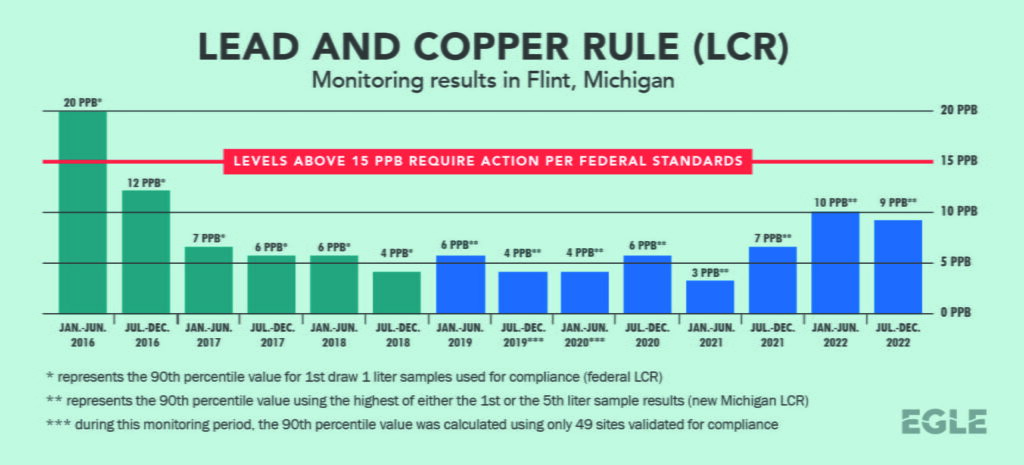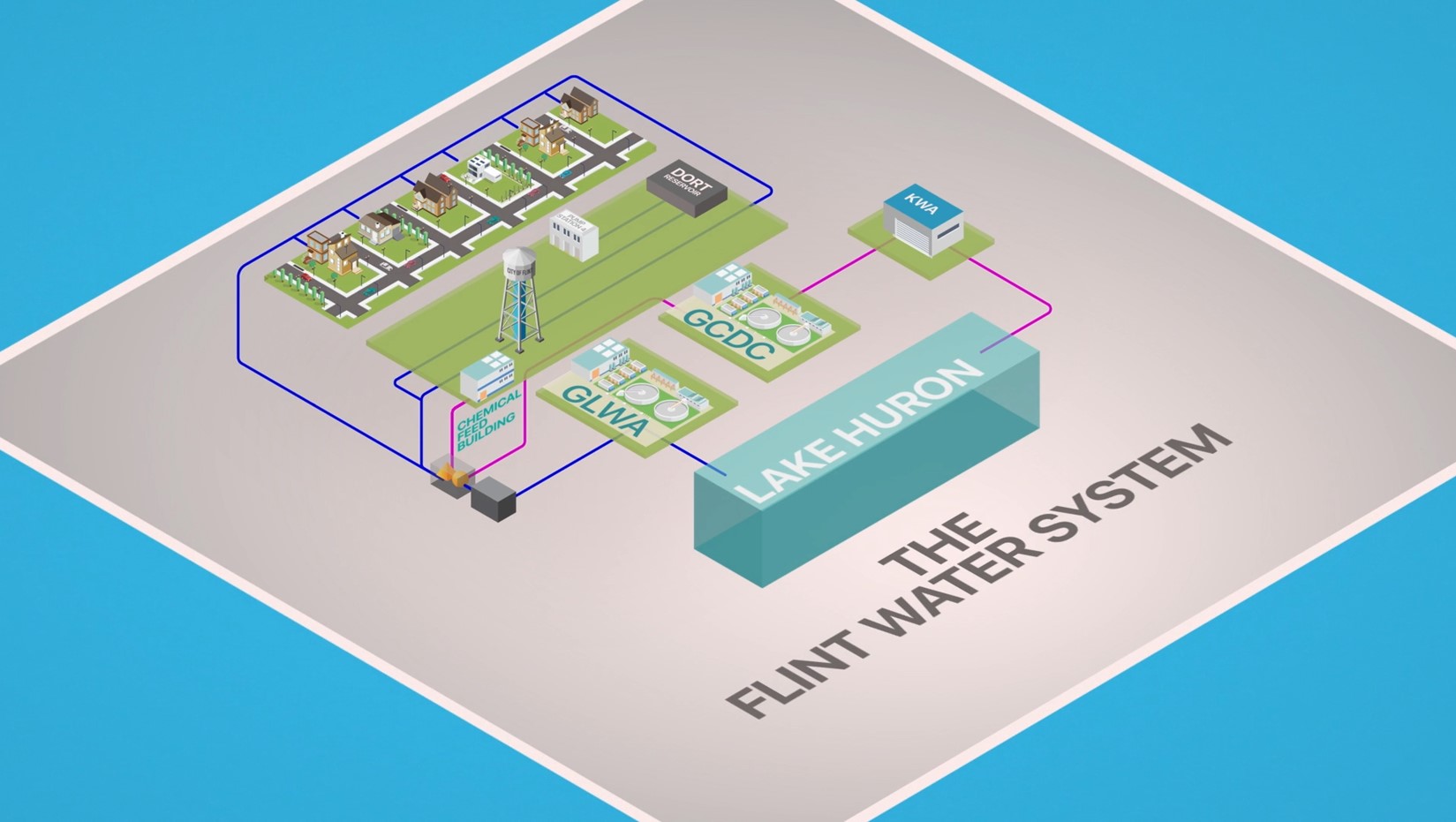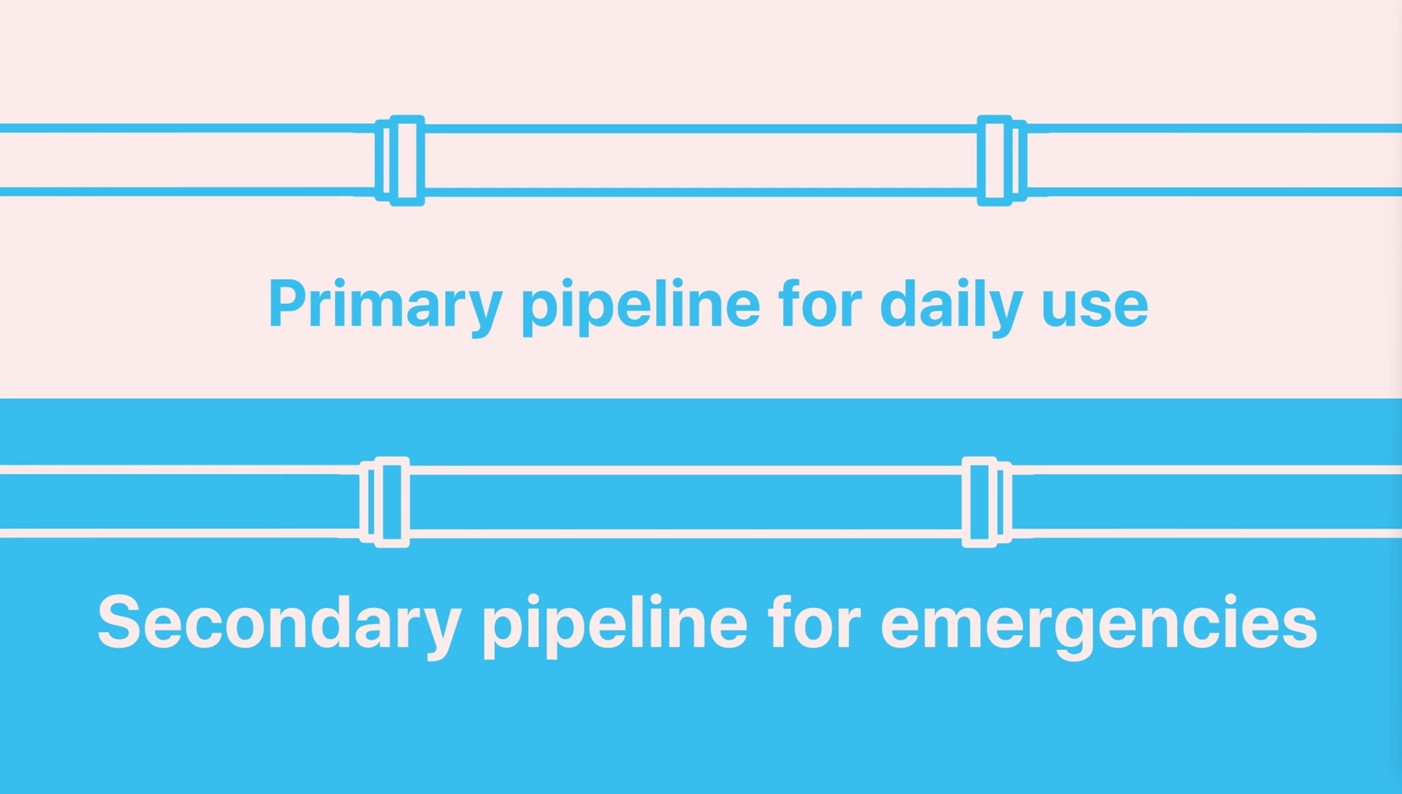Menu
Menu
Menu
Menu
Menu
Menu
The Michigan Department of Environment, Great Lakes, and Energy (EGLE) announced that the City of Flint’s Lead and Copper Rule (LCR) monitoring has shown the 90th percentile for lead to be below the 15 parts per billion (ppb) action level for more than six consecutive years.
“These results reflect our continued work to restore our water system and restore trust through adherence to state and federal guidelines,” Mayor Sheldon Neeley said. “Through partnerships with state and local government, and the hard work of our Office of Public Health and Department of Public Works teams, we continue to move our community positively forward.”
Since July 2016, the city of Flint’s water system has tested below action levels for both lead and copper during 13 consecutive monitoring periods. The latest six-month monitoring period from July 1 through December 31, 2022 resulted in a 90th percentile calculation for the samples collected of 9 ppb for lead. This includes Michigan’s stricter-than-federal requirement that a fifth liter sample be collected to better reflect the impact of lead service lines.
The 90th percentile calculation of 9 ppb means 90 percent of the test results used in the calculation came in at or below 9 ppb. The latest testing result is lower than the previous 6-month period result of 10 ppb for lead and remains below the federal action level of 15 ppb.

Test results from 35 residences (Tier 1) and 32 commercial properties (Tier 2) served by lead service lines, showed six samples above the 15 ppb action level. Testing revealed that four of the six results were collected from Tier 2 sites where low water use patterns and aging interior plumbing continue to be contributing factors to lead levels. Of the six elevated results, five of them were attributable to 1st liter samples which reflect the presence of lead in fixtures and adjoining plumbing. Overall, the results are consistent with data from recent monitoring periods and indicate that the city’s corrosion control program is effective.
Tier 2 sites make up a growing portion of Flint’s water sampling pool as more than 95 percent of residential sites have had their lead service lines replaced. If only the 35 residential sites had been used in the calculation, the result would have been 3 ppb. All sites were notified of their results and actions were taken to reduce exposure.
“The data shows that Flint’s investment of roughly $100 million in new copper service lines and millions of dollars in additional water infrastructure have clearly improved water quality for city residents,” said Eric Oswald, director of EGLE’s Drinking Water and Environment Health Division. “The data also underscores the need to continue engaging with the public on opportunities to replace aging interior plumbing, flushing stagnant water every morning, and other strategies to reduce their potential exposures to lead in their homes.”
Strategies to reduce lead exposures in the home can be found on the state’s Mi Lead Safe website.
Michigan in 2018 adopted the nation’s toughest lead rules for drinking water. The state’s Lead and Copper Rule (LCR) requires that all lead service lines in the state be removed. Water suppliers are required to replace an average of five percent of their lead service lines annually over a 20-year period that started in 2021. Starting in 2025, the rule lowers the action level to 12 ppb.
Flint’s testing results can be found by visiting https://www.michigan.gov/flintwater/. Additional information about Michigan’s new testing requirements and results state-wide can be found at https://www.michigan.gov/mileadsafe/.


